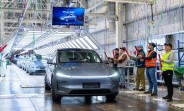Tesla's robotic ambitions face human-sized problem with key departure
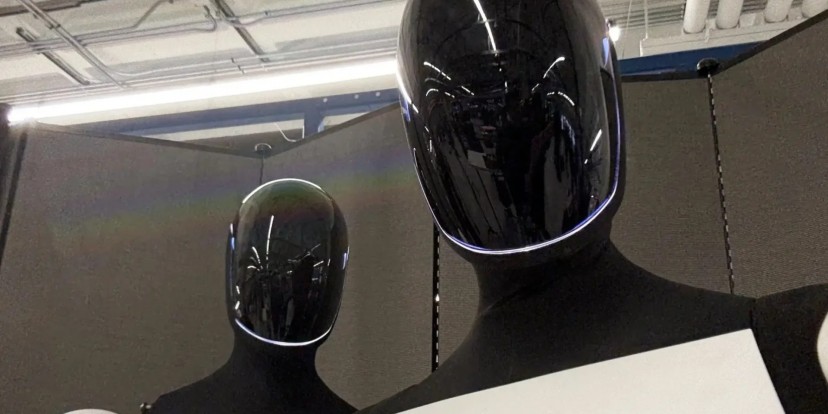
A shake-up in Tesla's robotics division has cast a fresh shadow over one of its most hyped future products. Milan Kovac, the head of engineering for the Optimus humanoid robot program, has left the company, an important departure as Tesla pushes to meet its own aggressive production timelines.
Kovac announced his exit on the social media platform X and stated he was leaving to "spend more time with family abroad." He was quick to add that his "support for @elonmusk and the team is ironclad," a move likely intended to stop any speculation about internal turmoil. Musk, in a public reply, thanked Kovac for his "outstanding contribution to Tesla over the past decade."
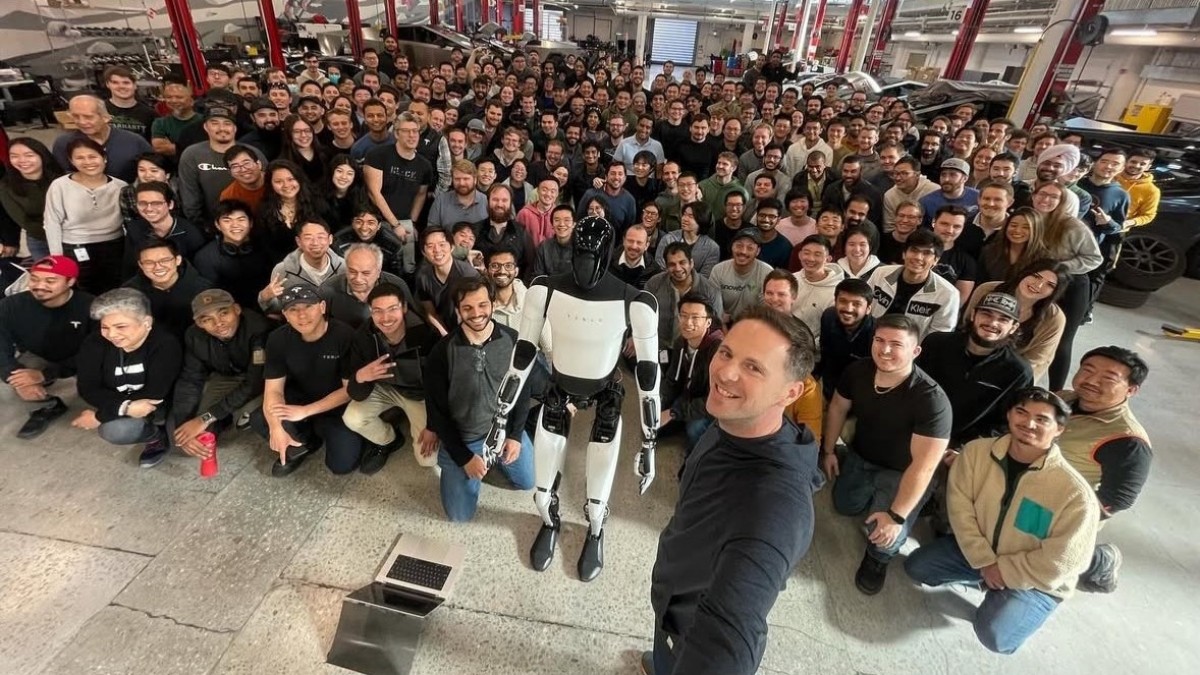
This might have been an amicable public exchange, but the timing of Kovac's departure comes as Tesla struggles with slowing sales in its core electric car business and focuses heavily on future projects like Optimus and self-driving technology. Musk himself has labeled Optimus the company's "most important product development," suggesting its long-term value could even eclipse the automotive side of the business.
Taking the reins of the critical Optimus project will be Ashok Elluswamy, who already serves as the head of Tesla's Autopilot software. Elluswamy, who was the first engineer to join the Autopilot team, is a long-time Tesla veteran. His deep experience in artificial intelligence is seen as a natural fit for the software-heavy challenge of making a humanoid robot truly autonomous and useful. However, he takes over a program facing considerable headwinds and sky-high expectations.
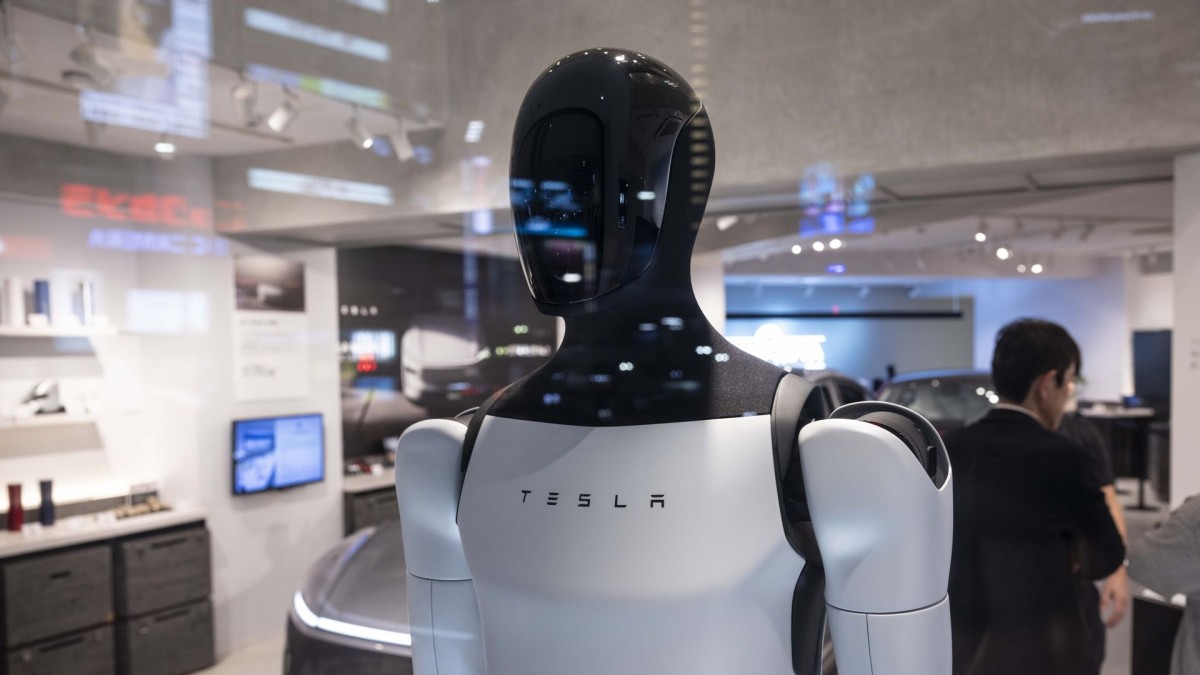
Musk has set a typically audacious goal for Optimus: building around 5,000 units by the end of this year, a number he has referred to as "one legion of robots." He has projected a tenfold increase to 50,000 robots in 2026 (why aren't we surprised?).
These are bold claims for a product that has so far only been shown in carefully controlled demonstrations, with many in the robotics community expressing skepticism about the feasibility of such rapid progress. Videos of the robot walking or performing simple tasks have been met with a mix of awe and scrutiny, with some experts pointing out that competitors have demonstrated similar or more advanced capabilities.
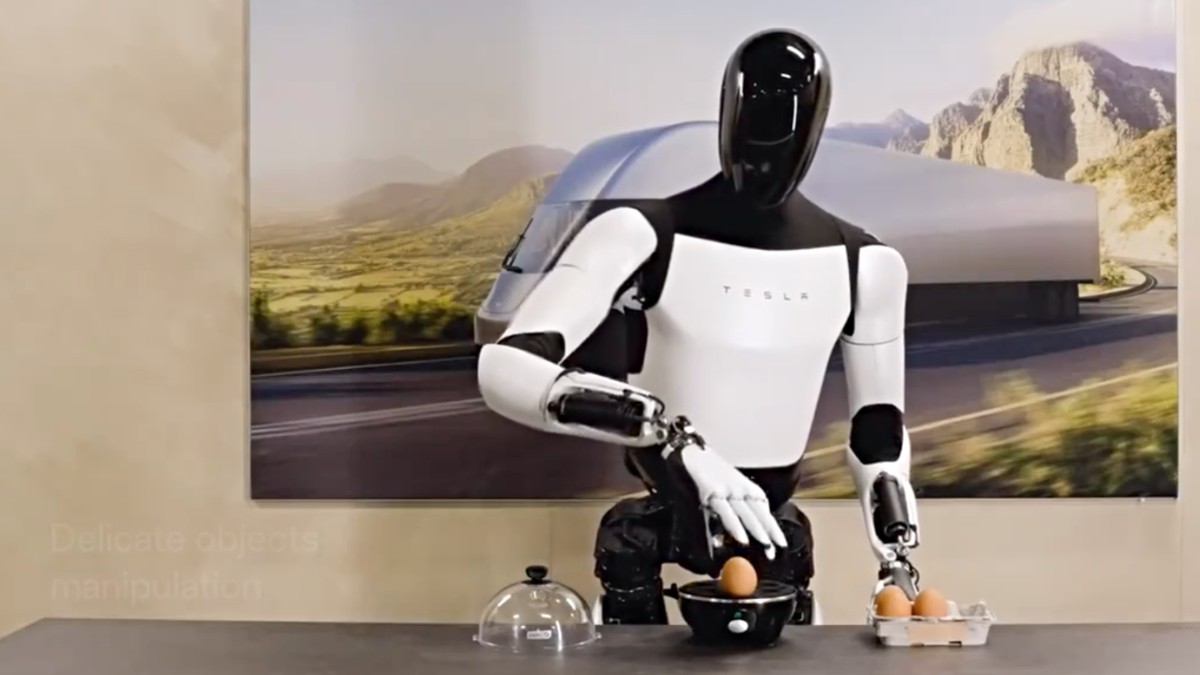
The ambitious production schedule is already facing complications due to a geopolitical issue far beyond Tesla's direct control. The latest restrictions from China on the export of rare earth minerals and magnets, which are needed for the actuators in the Optimus robots, have created a supply chain bottleneck.
Without these materials, manufacturing the powerful and compact motors that allow the robot to move is impossible, and Musk has acknowledged that this "magnet issue" has already affected the Optimus program.
Related
Reader comments
Nothing yet. Be the first to comment.


